Dark Victorian Bedroom
History and styles such as Modern, Dark, Gothic, Neo Victorian, Folk and more ❤️ Characteristics and ideas.
The highly anticipated TV adaption of Julia Quinn's Bridgerton was released on Netflix on Christmas Day in 2020 and was the most-viewed debut episode on the platform to date, with an astonishing 82 MILLION households tuning in to watch it. The Regency era in which the show is set, comes just before the Victorian era in the United Kingdom, ending in the year 1820. This show, along with the rise in popularity of other royal centric programmes such as The Crown and the gruesome new adaptation of Dracula as a BBC series, has put Victorian interior design back on the map.
Victorian design is known to have been the period of 'over excess of ornament' with various objects such as vases and paintings alluding to the grandeur of every interior space and not shying away from over decoration. (Perhaps Victorian-style could be thought of as the exact opposite of Minimalism?) One of the reasons that this interior design style has remained so popular is because the Victorian era has always been such a prominent and innovative period in terms of science and the arts. For instance, the first photograph was taken in 1838 and the Morse code was invented shortly after in 1844. And of course, if you are at all interested in Literature that shaped the very foundations of European culture, you will have heard of Oscar Wilde and Mary Shelley.
Many historians, old romantics and the like - are fascinated with the macabre and enjoy the traditional gothic style we all conjure up in our minds when thinking of the Victorian age, but as many may or may not know, there is a lot more than meets the eye when it comes to this diverse and indeed, divisive, interior design style. Subcultures such as modern, dark, neo-Victorian and folk also exist and we think that there is a particular Victorian style to suit every personality and every interior space, if done so with careful consideration.
This blog post aims to provide a little more information about the different styles of Victorian Interior design and hopes to inspire its reader to think about taking a different approach next time they decide to decorate their home. Worried a Victorian-inspired interior will look too ominous and intimidating? Fear not, the Victorian interior design style can be interpreted in many interesting and thoughtful ways. Let's take a closer look!
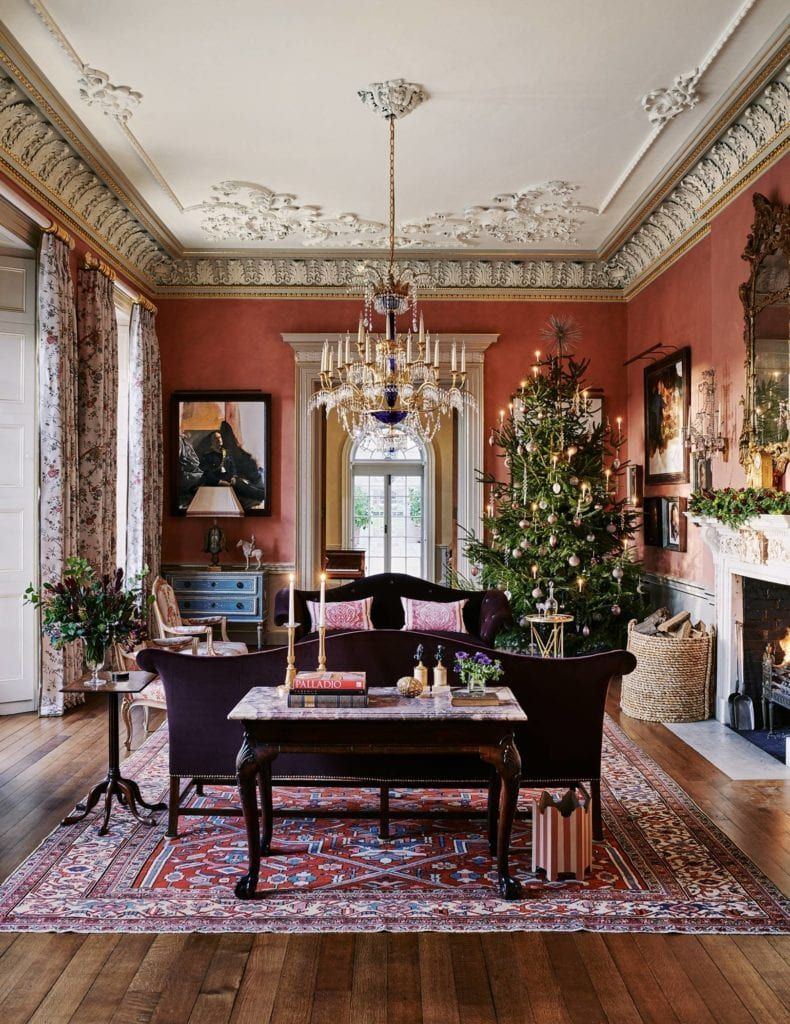
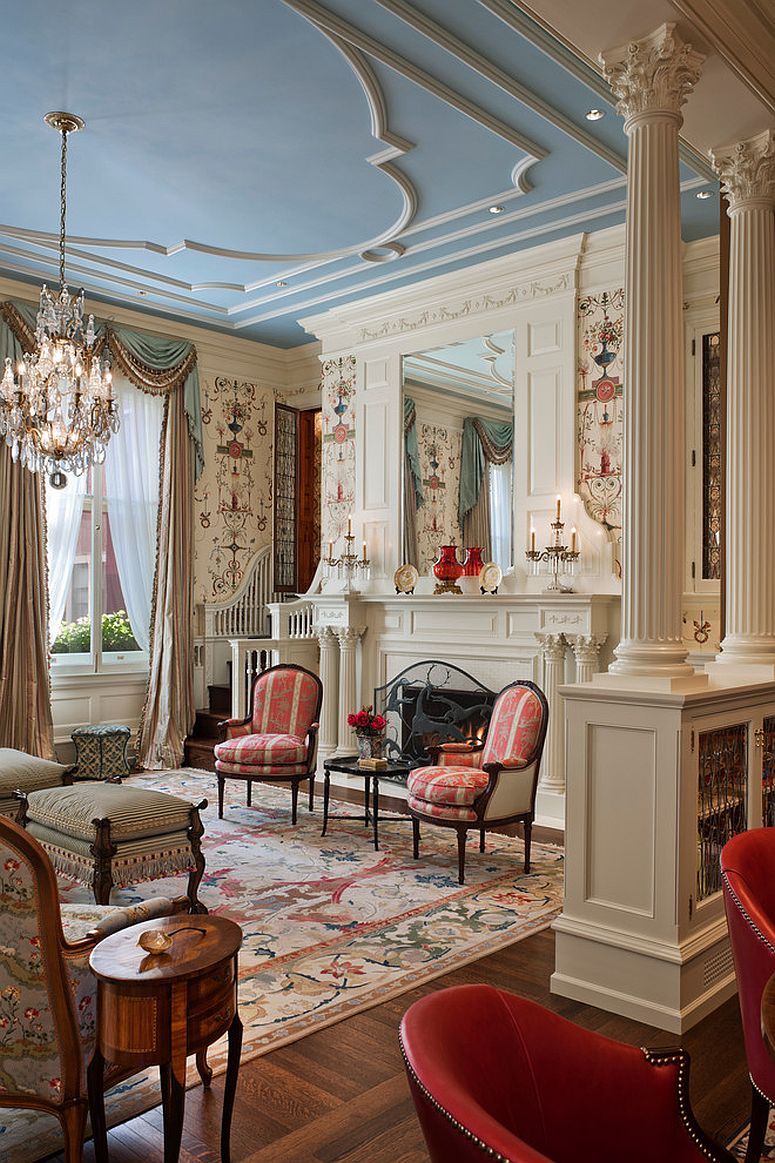
Victorian Decorative Arts
The styles used in Victorian decorative arts largely focus on an abundance of decorative objects which took a large chunk of inspiration from middle eastern and Asian countries interior. For instance, cherry wood, preferred in Japan, was hugely popular during 18th century Victorian England, and if you could afford to display a piece of furniture in this style, it proved your wealth to guests and was a sign of a cultured upbringing and educational background. In 1851, Britain and Japan signed an alliance that brought with it a love for Japanese inspired Victorian furniture. The term 'Anglo-Japanese' can still be used today when referring to a dark, gaudy and luxurious interior design style. Japanese designs at the time heavily focused on floral depictions and exotic illustrations of flora and fauna, a trend that evolved into bohemianism and has stayed current to this day.
The colour of the walls in a Victorian home largely depended on the room's function. Soft tones were reserved for hallways and utility rooms, whilst rich blues, deep greens and vibrant pinks were reserved for the entertainment rooms. Wallpaper inspired by gothic tapestries became popular in the latter half of the Victorian era due to William Morris's artwork inspired by a revival of medieval English architecture.
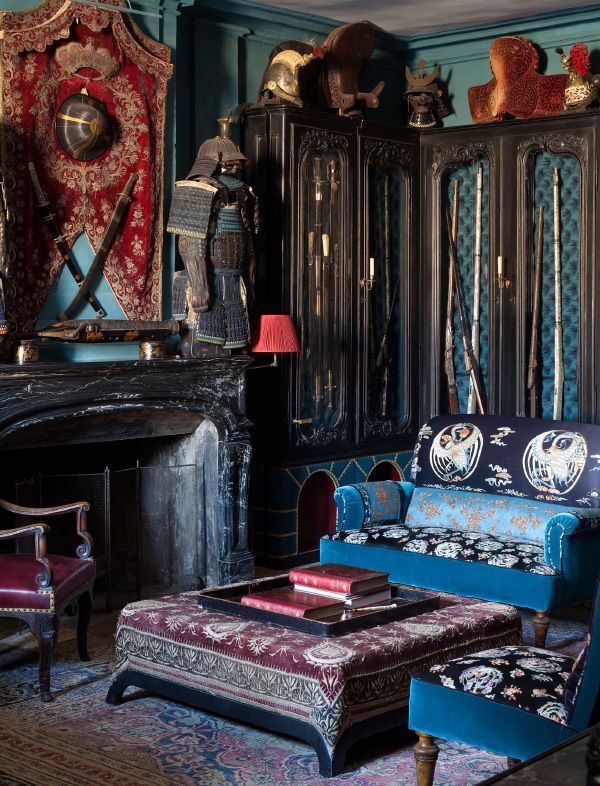
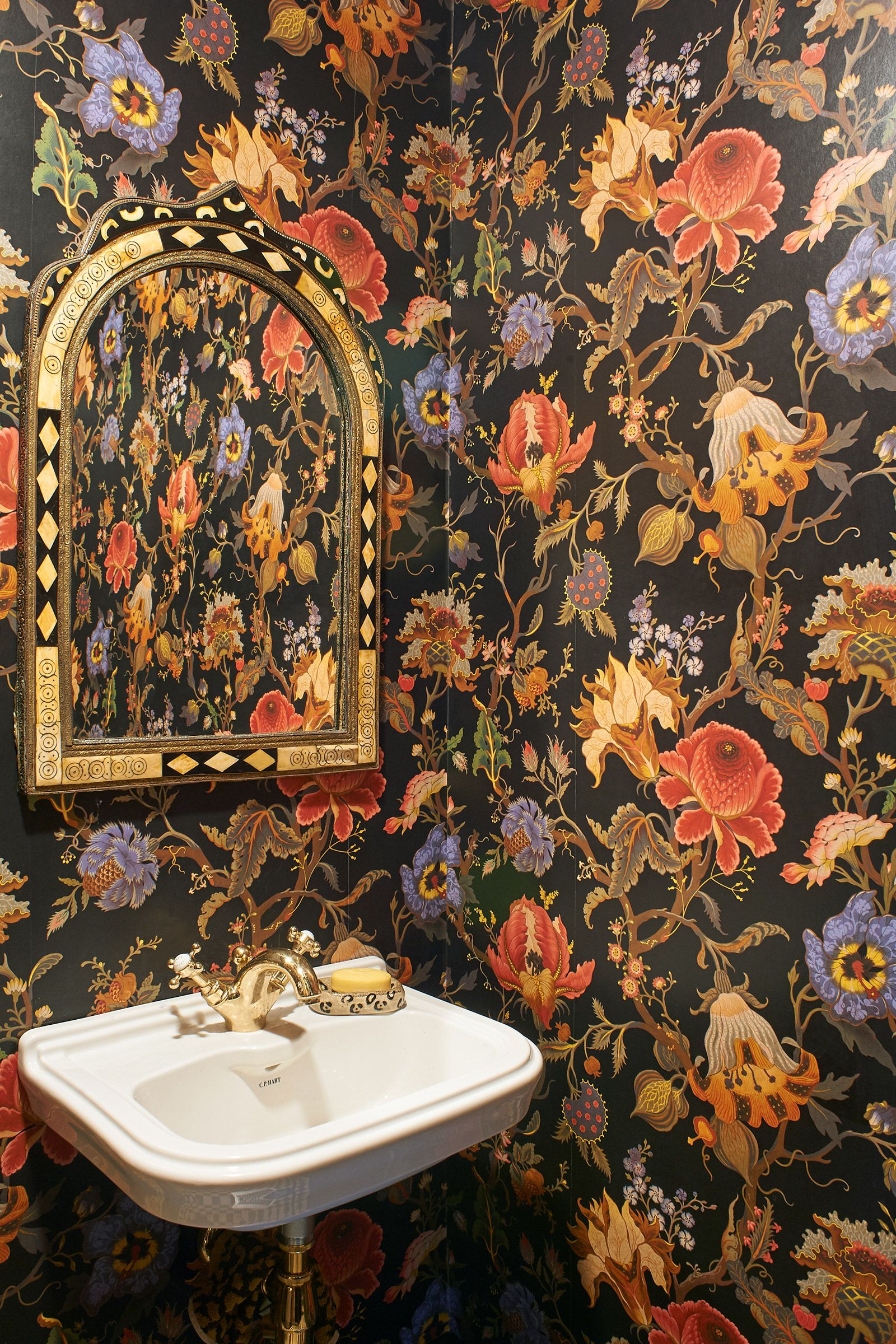
Interior Design in the Victorian Era
As mentioned, dark and mysterious Victorian interior design features lots of rich and decadent colours along with sophisticated ornaments, materials and an overall feeling of cosiness (or claustrophobia, if minimalism is more your thing). I can honestly say that it would be my heaven to sit next to an open fire, reading a book in any of the rooms shown in this article. I love dark and warm tones and also loud and flamboyant patterns - I am a true maximalist at heart when it comes to interior design and feel as though folk Victorian interior inspires my 'witchy' side and makes me feel more creative, mischievous and intrigued.
How Victorian Interior Design Reflects the Time Period
In the Victorian era, class was EVERYTHING. And what better way to show yours off than to decorate every inch of available space in your home with exotic decorations and sought after materials such as marble and expensive stone? Historians date 1798 as the year that Britain colonised the Middle East. The same year in which French leader Napoleon invaded Egypt. It is clear to see in Victorian interiors that Middle Eastern culture made its way into Victorian design preferences, a sign of the political times. Warm oranges, dark woods and never before seen tropical plants were commonplace in many grand Victorian mansions, something we have the people of the Middle East to thank for. As we have seen regarding style in the Victorian period, more was quite literally more, which went to show the extent of the class divide in Victorian Britain. Whilst many families struggled without food and lived together in a cold, tiny room; the elite of high society decorated their houses with goods found in foreign lands.
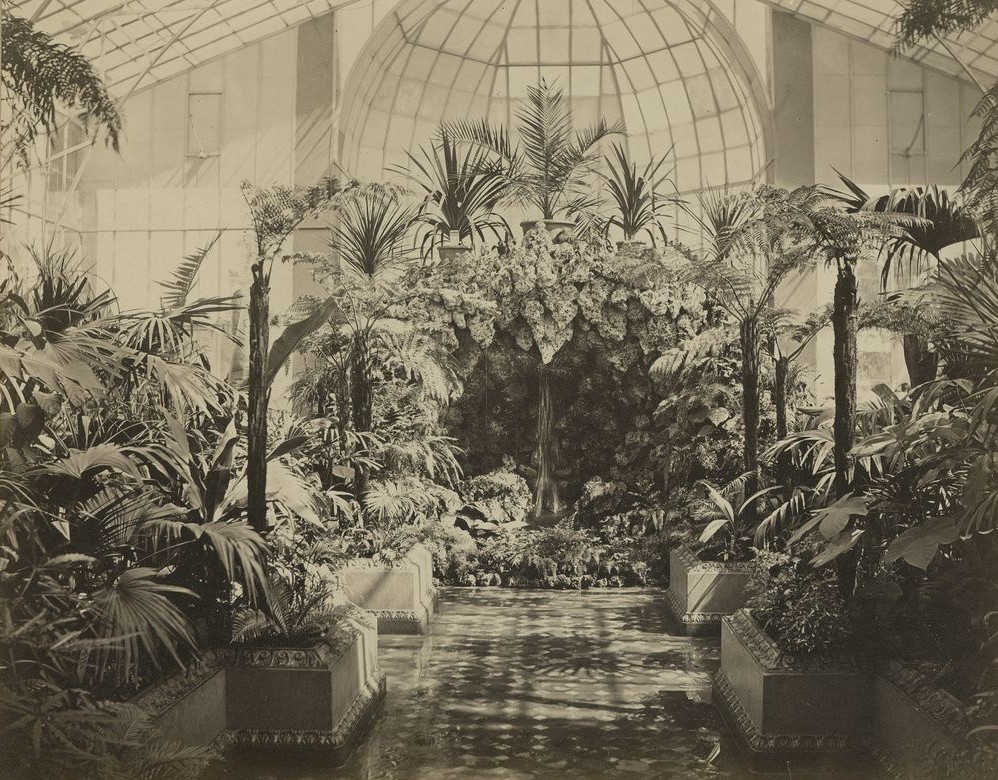
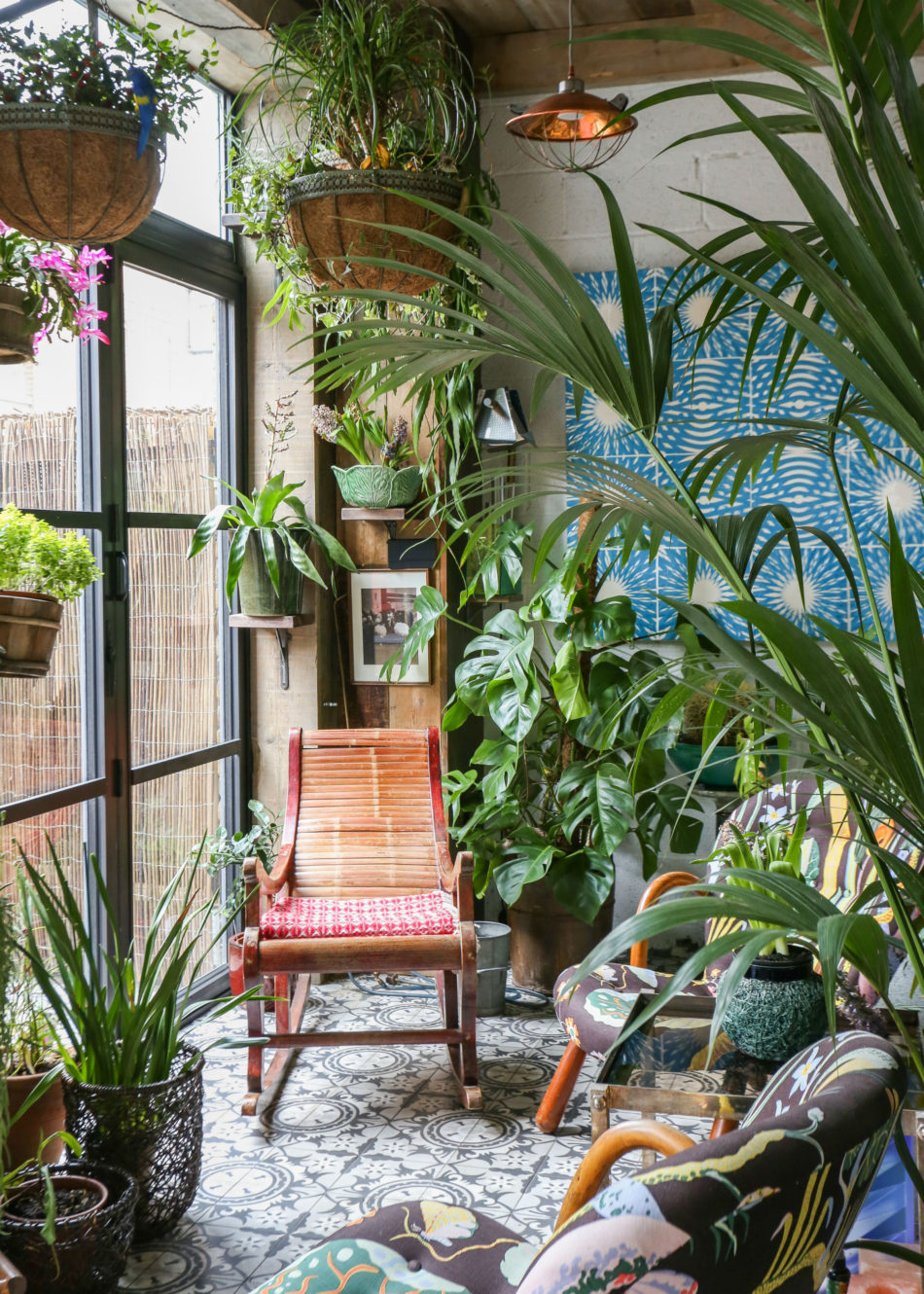
The Woman Who Changed Interior Design in the Victorian Era
Of course, the figurehead of the Victorian interior design movement was Queen Victoria herself. Known for her lavish taste for all things opulent, Queen Victoria never shied away from being bold and forthright in her fashion and interior design decisions. Queen Victoria reigned for a long time, therefore everyone in society at that time looked up to her and the elite surrounding her for the latest trends in interior design. As mentioned, there are many different subcultures of Victorian interior design, however, they all have a sense of luxury, romance, pattern and passion in common.
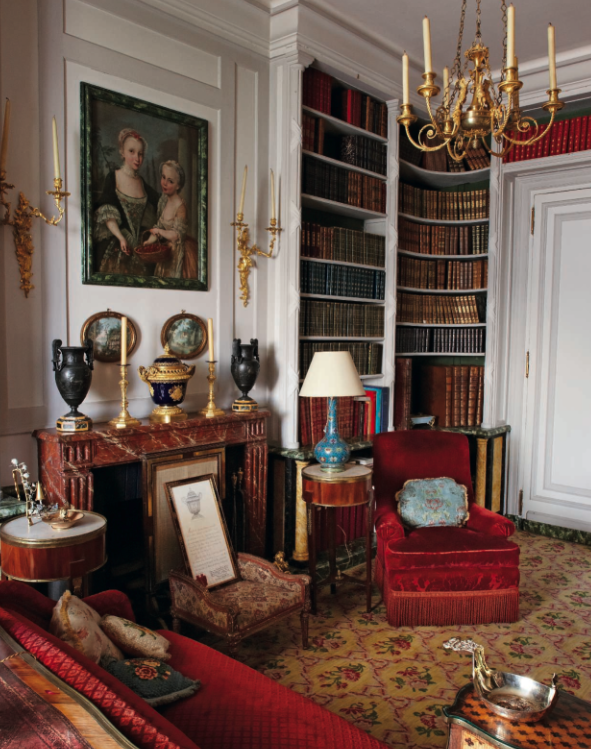
Characteristics of Victorian Interior Design
Aside from loud wallpaper and exotic artefacts, Victorians were sentimental beings who adored having elaborate paintings around the home. The most common decorations were old paintings. Usually, these paintings would be portrait style and show the house owner or family in all their splendour. However, they were akin to having kitsch oil paintings of little kittens, wild horses, fairies, and fantasy lands, too. Just take a look at the painting The Roses of Heliogabalus by Sir Lawrence Alma-Tadema, for example. A true feast for the eyes, this work depicts a roman emperor frolicking with his friends. Popular Victorian paintings such as this one were quite often busy in colour and commotion. A characteristic that stayed true to Victorian interior design in all its forms in terms of making the maximum use of all space available. Empty corner at the back of the room? No, it simply wouldn't do. A wild fern and a grand old oil painting would be there without a second's thought. If you wish to imitate a modern Victorian interior design space, when it comes to decoration - the bigger the better.
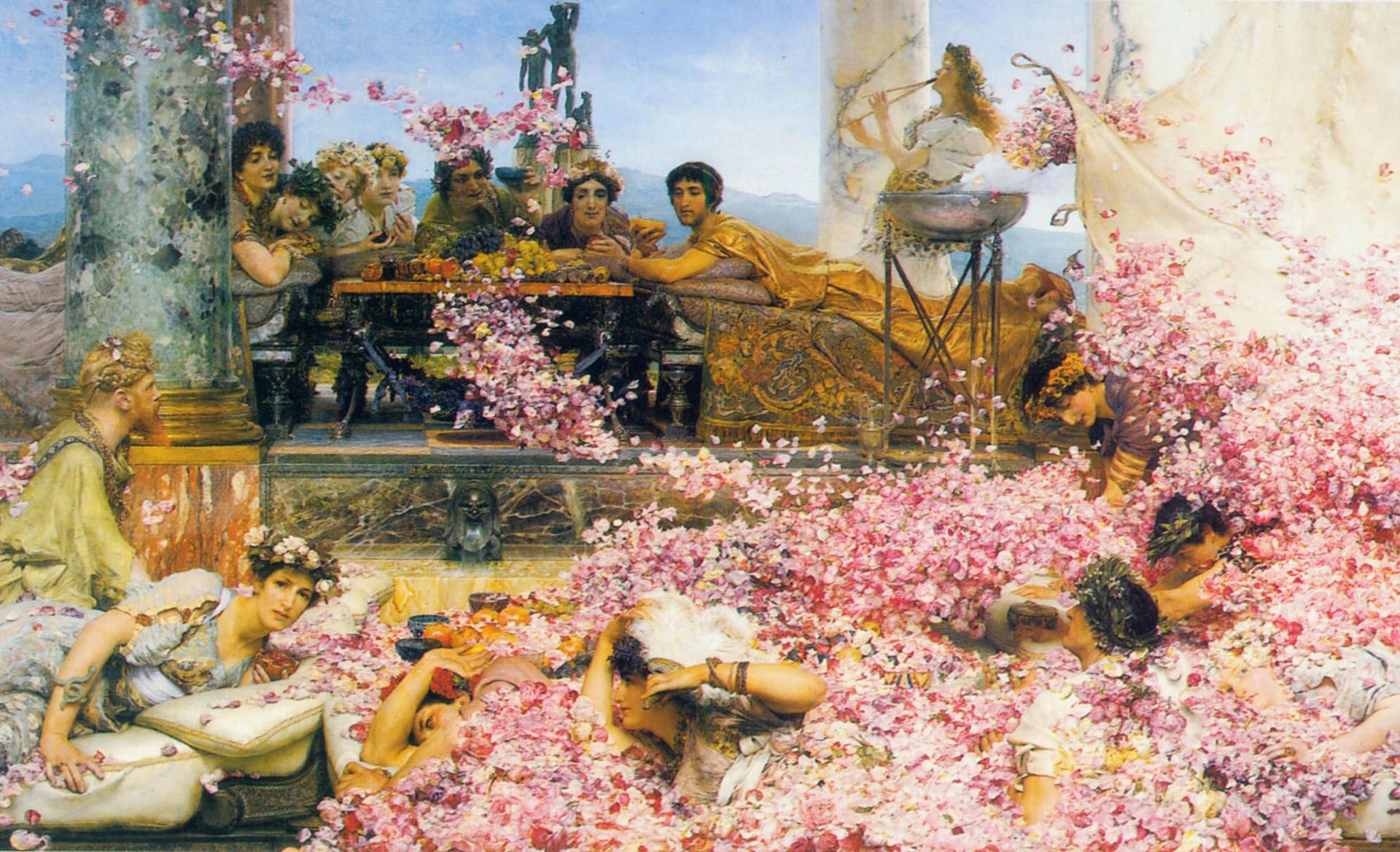
Victorian Interior Design Styles
Victorian interior design evolved countless times during the reign of Queen Victoria. From Gothic to Neo, to Folk to Modern. All styles were slightly different but held the same principles in common. Gothic for instance, was vastly darker than French Victorian interior design style, which was much softer and prettier (think light blues, creamy whites and lace). Neo Victorian interior design took on many influences from both subcultures and eventually evolved into what is known today as 'Steampunk'. Neo Victorian design is noted as mixing styles from the working class industrial revolution movement with the lavish-ness of the traditional, more conservative, Victorian interior design fashion. Modern Victorian design tries to adapt and take on various Victorian interior design styles, however it is done in a more refined and subtle way. Modern Victorian interior design aims to strip back on excess of ornament but stays true to traditional colour schemes and Victorian interior design furniture styles. Folk Victorian interior design style can be considered as incorporating more aspects of nature into the design. Think stripped back/earthy colours and less 'bling'. Victorian interior design has stood the test of time and is beloved by many, we can begin to understand why when we explore the range of styles under the umbrella.
Modern Victorian Interior Design
A modern interior design style involves using and enhancing the natural features which are available to you. Are you lucky enough to have a fireplace in your home? Use this as the key focal point of your room and there will be no need to dress it up dramatically. Wood and chrome play a huge part in modern Victorian interior design. Take a look at the other style examples in this article for inspiration on how to get it just right. These days, minimalism is fashionable, therefore whichever Victorian interior design style you choose to take as inspiration, do it subtly, through statement pieces of furniture or one grand focal point, rather than the more traditional 'more is more' Victorian interior design approach.
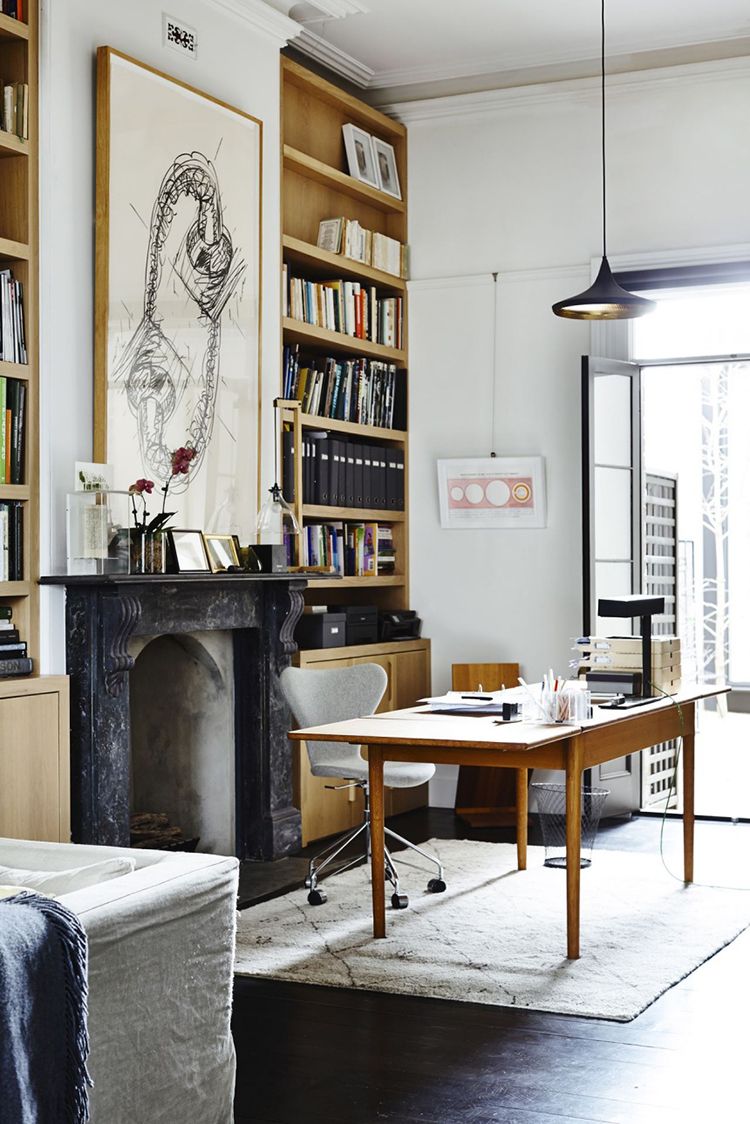
Neo Victorian Interior Design
Neo Victorian interior design takes a lot of inspiration from 1740's English architecture. Also, the industrial revolution era of the Victorian age. In turn, neo Victorian fashion and interior design has inspired a generation of 'steampunk' enthusiasts. Steampunk fuses classic Victorian looks with modern, punk/gothic design. Neo Victorian interior design can be reflected in exposed brick and metal structures (which could resemble a treacherous factory landscape?) Neo Victorian interior design is anything but whimsical and is more structured than a lot of other Victorian interior design styles.
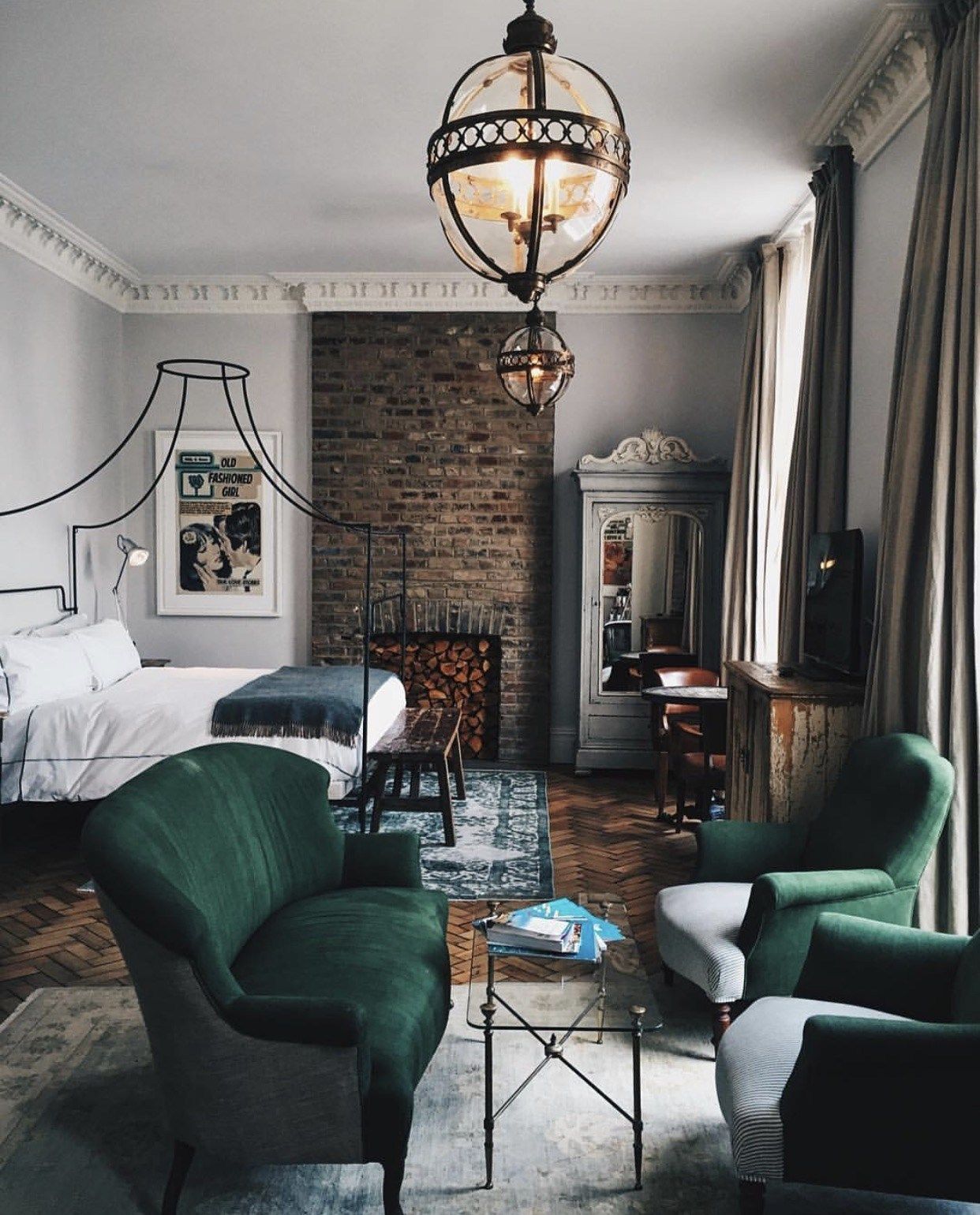
Gothic Victorian Interior Design
Ahh, gothic Victorian interior design! Probably one of the first interior design concepts our minds drift to when considering Victorian décor and fashion. Gothic design at a glance looks like pointed arch doors and iron work embellished with intricate patterns. Dark colours are a must, blood red, forest green and sombre navy all play a part. Gothic interior design was made mainstream through novels such as Dracula, however the true Gothic revival period dates back as far as 1747. English writer and historian Horace Walpole was a huge fan of the characteristics of the Gothic movement and wrote what is considered to be the first Gothic novel ever written. He then went as far as completely redecorating his home, named Strawberry Hill as an ode to the Gothic architectural movement and style.
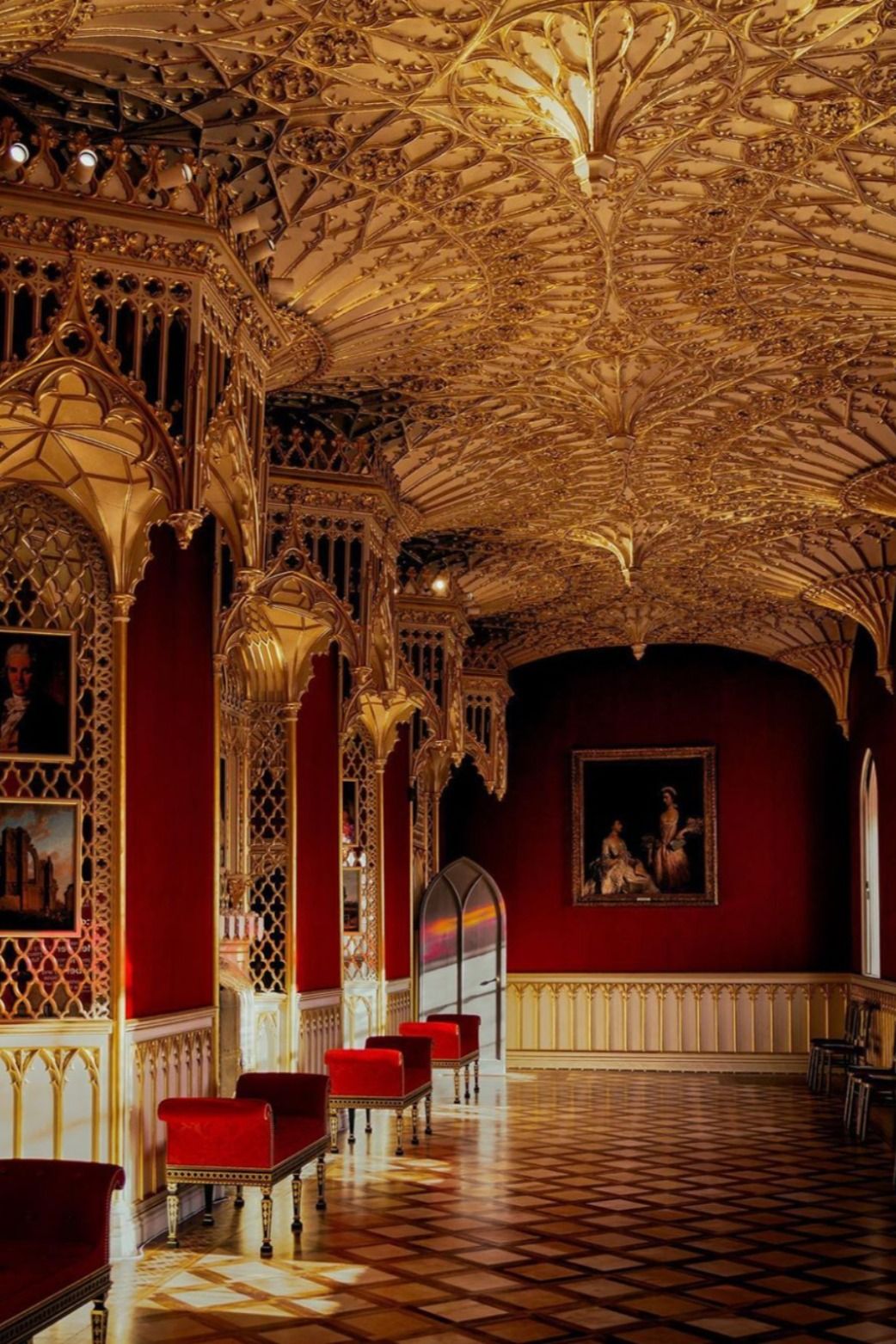
Dark Victorian Interior Design
Taking inspiration from gothic Victorian interior design, dark Victorian interior design also focuses on the use of dark/moody colours and the feeling of a solitary/isolated atmosphere. Gold embellishing and plants can be used to add a little light whilst still keeping the overall 'vibe' sexy and alluring. Dark colours look great in bigger houses with lots of space, and creates a cosy mood for you and your guests.
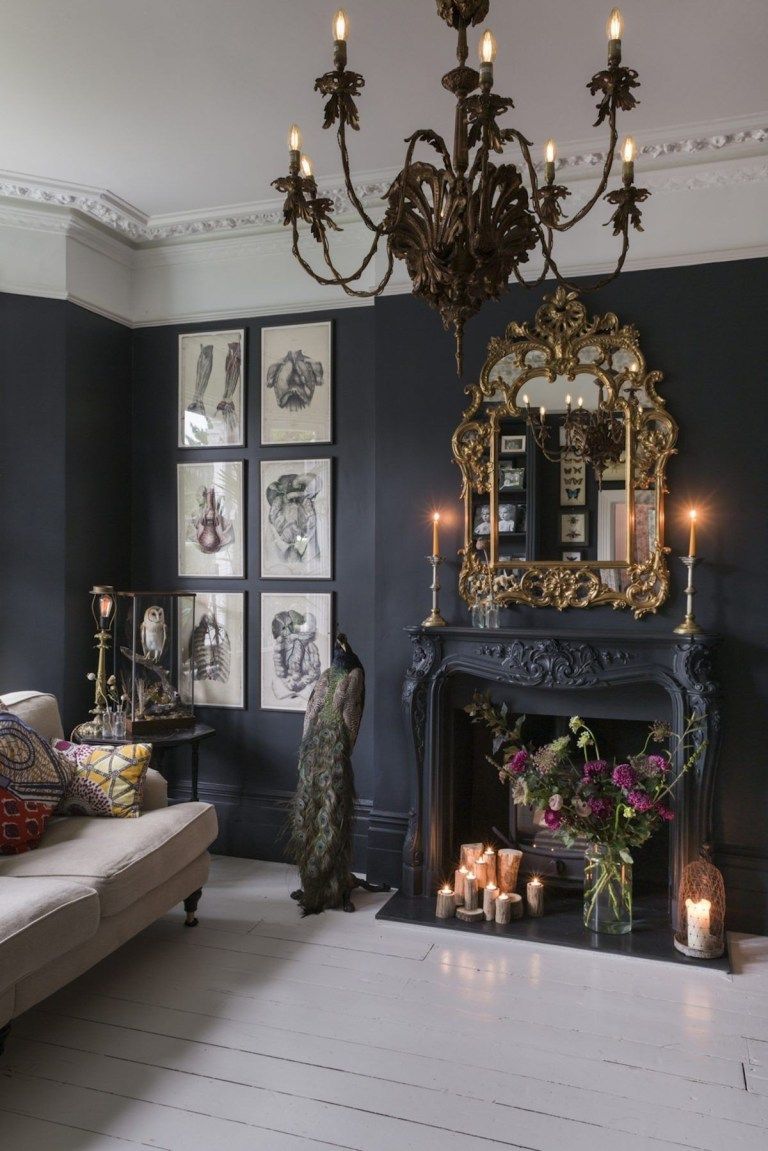
Folk Victorian Interior Design
Folk Victorian interior design can be recreated by adding flashes of earth tones and exposed natural materials to your interior space. What do we think of when we hear the word folk? For me, I picture shoeless flute players dancing on a ragged mountain whilst collecting herbs and praying to the rain gods. Just me?...Okay. Anyway, take this extreme interpretation and run with it. Folk design is all about the focus on nature. Not a fan of taxidermy? No worries, you can recreate a folk Victorian design look with cute vases of wildflowers and faux fur rugs, instead.
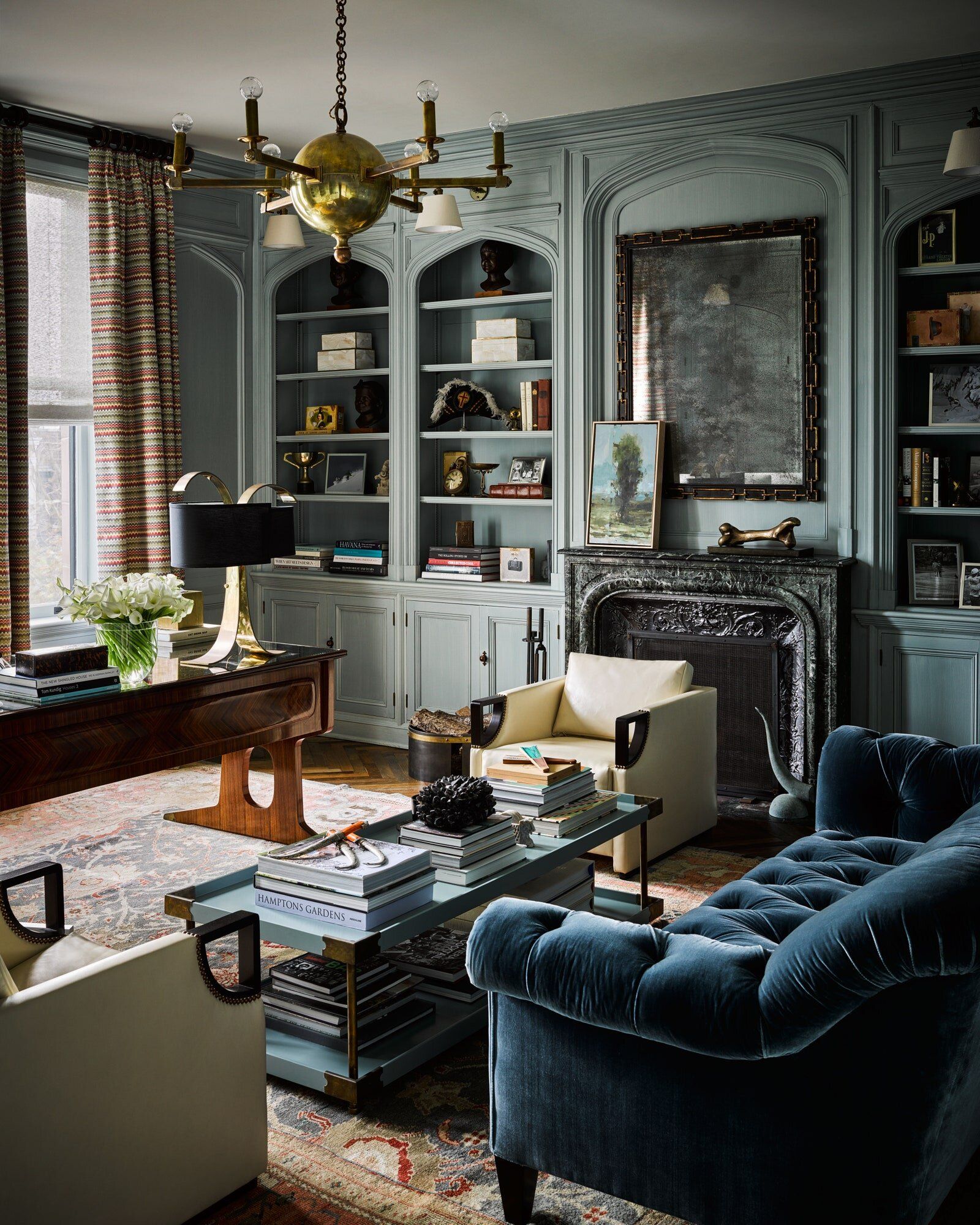
Classic Victorian Interior Design
Classic Victorian interior design incorporates concepts from all of the different genres of Victorian design together. Classic Victorian design takes a little bit of Gothic, a sprinkle of folk and a dollop of Anglo-Japanese, and makes it work together. Perhaps a big commitment for the average person (not to mention expensive, classic Victorian design requires original vintage furniture and certainly no knock offs - as it was all about showing your wealth) and that is why we recommend you take it one step at a time by following the examples in this article!
French Victorian Interior Design
French Victorian interior design is MUCH lighter and more feminine that classic Victorian interior design. French Victorian interior design typically enhances the existing natural features of the house. Rather than trying to decorate every surface within an inch of its life, it looks more minimal and airy. Realistically, it all comes down to showing respect for the foundations of the building. Whilst French fashion does not shy away from the obscure, it can be represented in a much more muted fashion. French Victorian design kind of nudges you and whispers, 'hey, how good do I look right now?' Rather than Classic Victorian interior design, which kind of screams it at you.
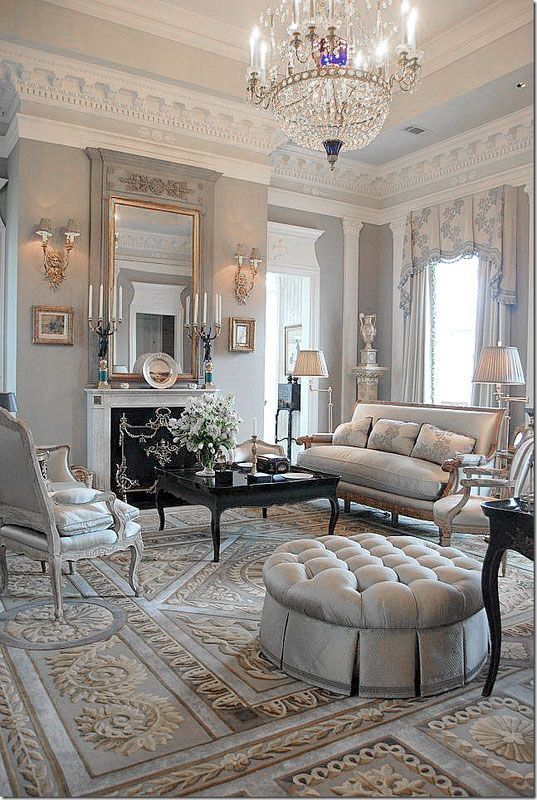
Anglo-Japanese Victorian Interior Design
Beautiful Anglo-Japanese interior design can be characterised by rich colours and ornate decorations. In particular, paintings or sculptures revolving around the lily, stork or sunflowers were popular and showcased an exotic approach to traditional Victorian interior design. Delicate depictions of oriental plants laced silver wear, chairs and rugs. The Anglo-Japanese trend was hugely popular across Europe and America however eventually Rococo design overtook the fashion and less and less pieces of Anglo-Japanese furniture began to be made.
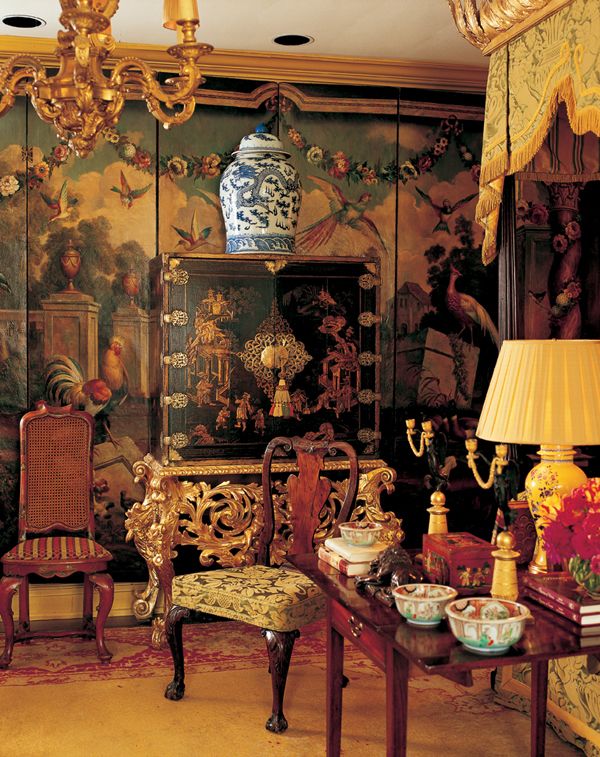
All About Accessories
A wonderful interior design accessory which could help you achieve your Victorian interior design dreams, is the Dear O card from SPEXTRUM . The Dear O cards feature a removable plastic globe which you can use to display little knick-knacks, such as dried flowers or jewellery.
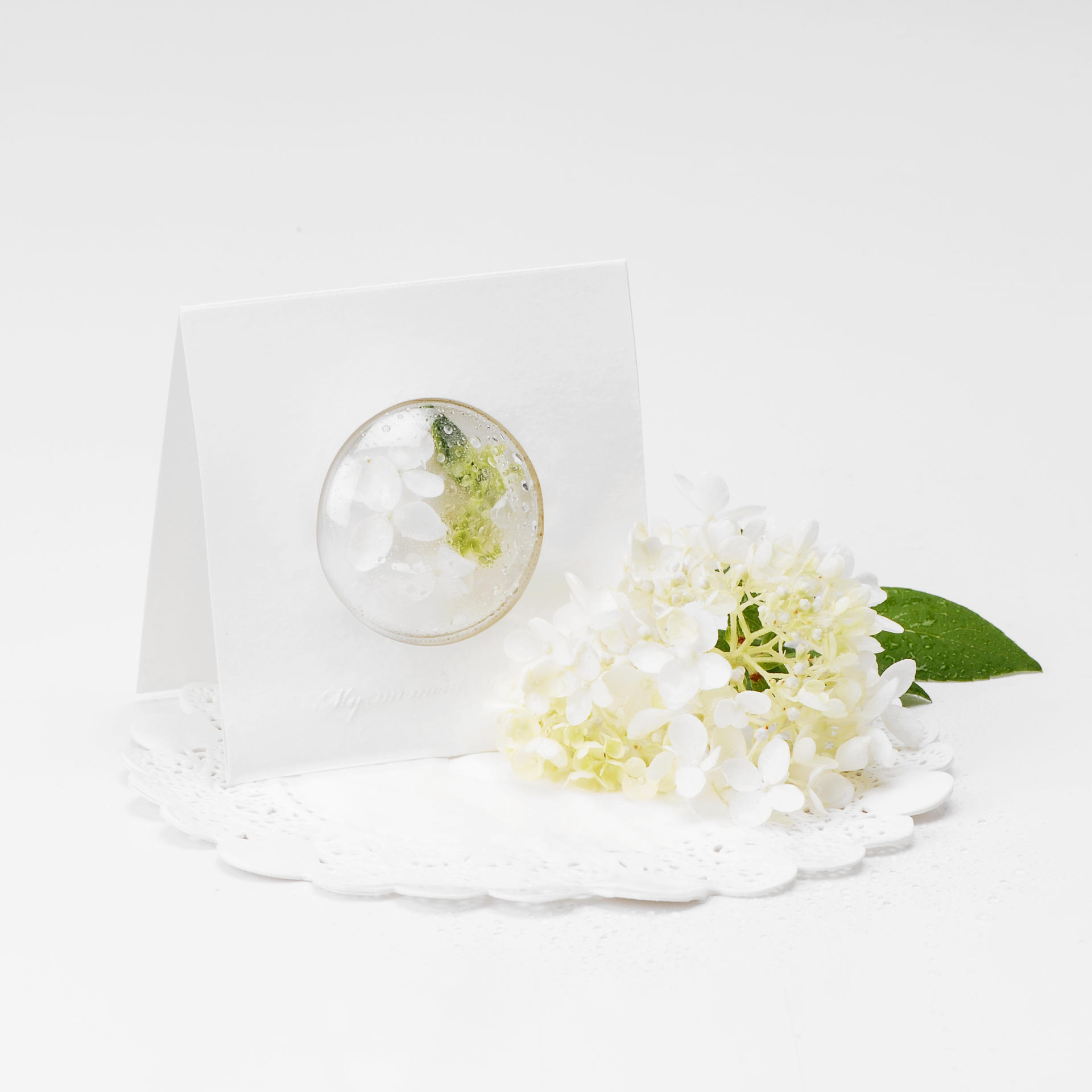
Click here to buy the Dear O' cards.
To Sum It Up
In conclusion, Victorian interior design is accessible for all, it is all about just picking and choosing which aspects to interpret, and which aspects are not for you. A full on Victorian interior design space may feel a little claustrophobic in this day and age but modern Victorian interior design combines all of the best parts of neo, folk, gothic, dark, French and classic and reinterprets them in a subtle and graceful way. Check out the far corners of your local second hand shop and you may be surprised to find some hidden gems reminiscent of the Victorian era!
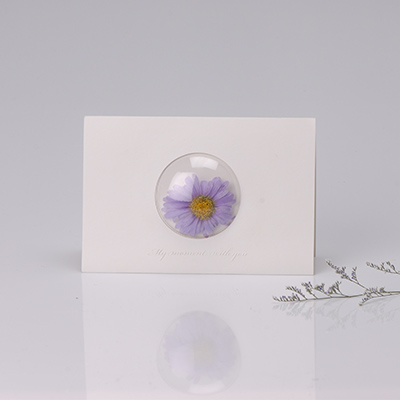
References:
https://en.wikipedia.org/wiki/Victorian_decorative_arts
https://www.pinterest.es/topics/victorian-interiors/
https://www.mymove.com/home-inspiration/decoration-design-ideas/how-to-create-modern-victorian-interiors/
https://www.decoist.com/victorian-living-rooms/
https://www.elledecor.com/design-decorate/interior-designers/g10350424/french-interior-design-rules/
https://crossref-it.info/articles/91/gothic-and-the-medieval-revival
Words by Jessica Holmes / SPEXTRUM Overseas Content Marketing Manager
Source: https://spextrum.net/trendwatch/?q=YToxOntzOjEyOiJrZXl3b3JkX3R5cGUiO3M6MzoiYWxsIjt9&bmode=view&idx=5992469&t=board

0 komentar:
Posting Komentar